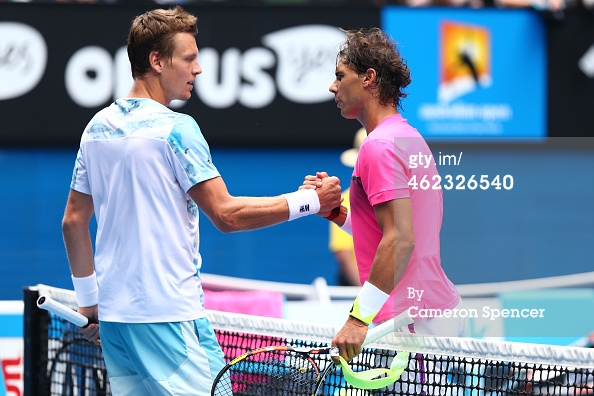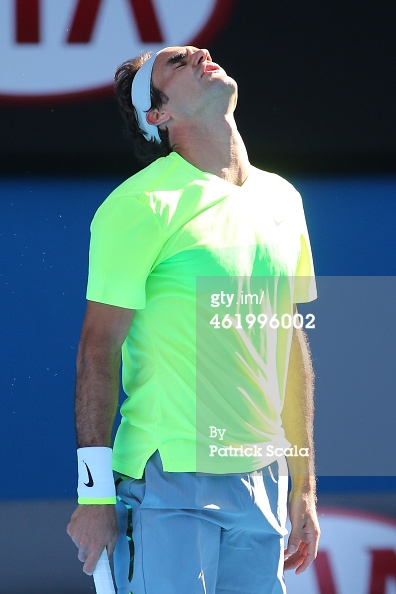 Tomas Berdych must be a relieved man. Having lost 17 times in a row to Rafael Nadal, he has finally snapped the streak at the Australian Open.
Tomas Berdych must be a relieved man. Having lost 17 times in a row to Rafael Nadal, he has finally snapped the streak at the Australian Open.
Had he lost, it would have been a new record. Tennis rivalries do often produce one-sided periods, but 17 wins for one player in a row is the upper limit. It’s the number of consecutive wins that Bjorn Borg had over Vitas Gerulaitis; that Ivan Lendl had over Tim Mayotte; and Lendl had over, surprisingly, Jimmy Connors.
Weirdly, the upper teens seems to be the limit in other sports streaks too: the Australian cricket team went on a 16-test winning streak in 1999 to 2001. Both New Zealand (twice) and South Africa hold the record of 17 straight test wins in rugby. And Spain’s football team had a 15-game winning run.
Is there a mathematical reason for 15 to 18 being the upper limit of streaks? If it were a coin toss, then probably yes. But sport isn’t a coin toss. The win streaks get harder as teams put pressure on themselves to perform, and opponents look to topple the team of the moment. Of course, it’s easy to give a bad performance, and teams get injuries, or retirements.
The tennis streaks mentioned above have ended at 17 as one of the players retired. The interesting thing about Berdych’s victory is that it is the first reversal. Nadal may have been under par, but the pressure would have been on Berdych to win, rather than in team sports where the pressure piles onto the streak holder.
So which is the next longest active head-to-head winning (or losing) streak? I can’t find a definitive list, but I wouldn’t be surprised if it’s Richard Gasquet against, you guessed it, Nadal. The scoreline is 0-13 in Nadal’s favour.
That quote
As Gerulaitis said after he beat Connors in 1980: “nobody beats Vitas Gerulaitis 17 times”. Except the ATP record shows that his losing streak against Connors was 12, and was 16 against Borg. (There is a walkover for Gerulaitis in 1978, which you might think counts as a win, but the ATP seems to not count them in the head to heads.) I have no idea where the missing 17th match is.


